Search Results for Tag: tipping point
Arctic sea ice, Greenland and Europe’s weird weather
As I write this, I am sitting in a short-sleeved shirt with the window open, enjoying an unusually warm start to the month of May. It’s around 27 degrees Celsius in this part of Germany, pleasant, but somewhat unusual at this time. The first four months of this year have been the hottest of any year on record, according to satellite data.
The Arctic is not the first place people tend to think of when it comes to explaining weather that is warmer – as opposed to colder – than usual in other parts of the globe. But several recent studies have increased the evidence that what is happening in the far North is playing a key role in creating unusual weather patterns further south – and that includes heat, at times.
Why sea ice matters
The Arctic has been known for a long time to be warming at least twice as fast as the earth as a whole. As discussed here on the Ice Blog, the past winter was a record one for the Arctic, including its sea ice. The winter sea ice cover reached a record low. Some scientists say the prerequisites are in place for 2016 to see the lowest sea ice extent ever.
Several recent studies have increased the evidence that these variations in the Arctic sea ice cover are strongly linked to the accelerating loss of Greenland’s land ice, and to extreme weather in North America an Europe.
“Has Arctic Sea Ice Loss Contributed to Increased Surface Melting of the Greenland Ice Sheet”, by Liu, Francis et.al, published in the journal of the American Meteorological Society, comes to the conclusion: “Reduced summer sea ice favors stronger and more frequent occurrences of blocking-high pressure events over Greenland.” The thesis is that the lack of summer sea ice (and resulting warming of the ocean, as the white cover which insulates it and reflects heat back into space disappears and is replaced by a darker surface that absorbs more heat) increases occurrences of high pressure systems which get “ stuck and act like a brick wall, “blocking” the weather from changing”, as Joe Romm puts it in an article on “Climate Progress”.
Everything is connected
The study abstract says the researchers found “a positive feedback between the variability in the extent of summer Arctic sea ice and melt area of the summer Greenland ice sheet, which affects the Greenland ice sheet mass balance”. As Romm sums it up:“that’s why we have been seeing both more blocking events over Greenland and faster ice melt.”
He quotes co-author Jennifer Francis of Rutgers University, New Jersey, explaining how these “blocks” can lead to additional surface melt on the Greenland ice sheet, as well as “persistent weather patterns both upstream (North America) and downstream (Europe) of the block.
“Persistent weather can result in extreme events, such as prolonged heat waves, flooding, and droughts, all of which have repeatedly reared their heads more frequently in recent years”, Romm concludes.
“Greenland melt linked to weird weather in Europe and USA” is the headline of an article by Catherine Jex in Science Nordic. People are usually interested in changes in the Greenland ice sheet because of its importance for global sea level, which could rise by around seven metres if it were to melt completely. But Jex also draws attention to the significance of changes to the Greenland ice for the Earth’s climate system as a whole.
The jet stream
“Some scientists think that we are already witnessing the effects of a warmer Arctic by way of changes to the polar jet stream. While an ice-free Arctic Ocean could have big impacts to weather throughout the US and Europe by the end of this century”.
She also notes some scientists warning of “superstorms”, if melt water from Greenland were eventually to shut down ocean circulation in the North Atlantic.
The site contains an interactive map to indicate how changes in Greenland and the Arctic could be driving changes in global climate and environment.
The jet streams drive weather systems in a west-east direction in the northern hemisphere. They are influenced by the difference in temperature between cold Arctic air and warmer mid-latitudes. With the Arctic warming faster than the rest of the planet, this temperature contrast is shrinking, and scientists say the jet streams are weakening.
Jex quotes meteorologist Michael Tjernström, from Stockholm University, Sweden: “Climatology of the last five years shows that the jet has weakened,” says. Its effect on weather around the world is a hot topic.
“We’ve had strange weather for a couple of years. But it’s difficult to say exactly why.”
One explanation, Jex writes, is that a weak jet stream meanders in great loops, which can bring extremes in either cold dry polar air or warmer wetter air from the south, depending on which side of the loop you find yourself. If the jet stream gets “stuck” in this kind of configuration, these extreme conditions can persist for days or even weeks.
Experts have attributed extreme events like the record cold on the east coast of the USA in early 2015, a record warm winter later the same year, and the summer heat waves and mild wet winters with exceptional flooding in the UK to these kind of “kinks” in the jet stream.
Greenland and the ocean
The changes to Greenland’s vast land ice sheet also have consequences for ocean circulation, because they mean an influx of the cold fresh water flowing into the salty sea. And the sea off the east coast of Greenland plays a key role in the movement of water, transporting heat to different parts of the world’s oceans and influencing atmospheric circulation and weather systems.
There have often been “catastrophe scenarios” suggesting the Gulf Steam, which brings warm water and weather from the tropics to the USA and Europe could ultimately be halted, leading to a new ice age. (Remember the “Day after Tomorrow?)
Although this extreme scenario is currently considered unlikely, research does suggest that the major influx of fresh water from melting ice in Greenland and other parts of the Arctic could slow the circulation and result in cooler temperatures in north western Europe.
Jex goes into the theory of a “cold blob” of ocean just south of Greenland, where melt water from the ice sheet accumulates. Some scientists say this indicates that ocean circulation is already slowing down. The “blob” appeared in global temperature maps in 2014. While the rest of the world saw record breaking warm temperatures, this patch of ocean remained unusually cold.
According to a recent study led by James Hansen, from Columbia University, USA, the ‘cold blob’ could become a permanent feature of the North Atlantic by the middle of this century. Hansen and his colleagues claim that a persistent ‘cold blob’ and a full shut down of North Atlantic Ocean circulation could lead to so-called ‘superstorms’ throughout the Atlantic. And there is geological evidence that this has happened before, they say. But the paper was controversial and many climate scientists questioned the strength of the evidence.
However, some scientists already attribute western Europe’s warm and wet winter of 2015 to the “cold blob”, Jex notes, which may have altered the strength and direction of storms via the jet stream.
The good old British weather
The UK’s Independent goes into a new study by researchers at Sheffield University, which indicates soaring temperatures in Greenland are causing storms and floods in Britain. The Independent’s author Ian Johnston says the study “provides further evidence climate change is already happening”.
It never ceases to amaze me that evidence is still being sought for that, but, clearly, there are still those who are yet to be convinced our human behavior is changing the world’s climate. So every bit of scientific evidence helps – especially if it relates to that all-time favourite topic of the weather.
The study also looks at the static areas of high pressure blocking the jet stream. With amazing temperature rises of up to ten degrees Celsius during winter on the west coast of Greenland in just two decades, it is not hard to imagine how this can effect the jet stream, and so our weather in the northern hemisphere.” If forced to go south, the jet stream picks up warm and wet air – and Britain can expect heavy rain and flooding. If forced north, the UK is likely to be hit by cold air from the Arctic”, Johnston writes.
The article quotes Professor Edward Hanna from the University of Sheffield, lead author of a paper about the research published in the International Journal of Climatology, and says seven of the strongest 11 blocking effects in the last 165 years had taken place since 2007, resulting in unusually wet weather in the UK in the summers of 2007 and 2012.
Hanna told the Independent computer models used 10 to 15 years ago to predict the extent of sea ice in the Arctic had significantly underestimated how quickly the region would warm.
“It’s very interesting to look at the observed changes in the Arctic … the actual observations are showing far more dramatic changes than the computer models,” Professor Hanna said.
“You do get sudden starts and jumps. It’s the sudden changes that can take us by surprise and there certainly does seem to have been an increase in extreme weather in certain places.”
Drawing conclusions (or not?)
In the Washington Post, (reprinted on Alaska Dispatch News) Chelsea Harvey sums up the conclusions of the latest research in an article entitled “Dominoes fall: Vanishing Arctic ice shifts jet stream, which melts Greenland glaciers”:
“There are a more complex set of variables affecting the ice sheet than experts had imagined. A recent set of scientific papers have proposed a critical connection between sharp declines in Arctic sea ice and changes in the atmosphere, which they say are not only affecting ice melt in Greenland, but also weather patterns all over the North Atlantic”.
So what do we learn from all of this? Sometimes I ask myself how many times we have to hear a message before we really take it in and decide to do something about it.
Here in Bonn, not far from the office where I am sitting now, the first round of UN climate talks since the Paris Agreement at the end of last year will be kicking off this coming weekend. The aim is to stop the rise in global temperature from going about two, preferably 1.5 degrees C. We have already passed the one degree mark. In an interview with the Guardian this week, the head of the IPCC Hoesung Lee says it is still possible to keep below two degrees, although the costs could be “phenomenal”. But many scientists and other experts are increasingly dubious about whether emissions can really peak in time to achieve the goal. Current commitments by countries to emissions reductions still leave us on the track for three degrees at least.
The concentration of greenhouse gases in the atmosphere is, as the Guardian puts it, “teetering on the brink of no return”, which the landmark 400 ppm measured for the first time at the Australian station at Cape Grim and unlikely to go below the mark again at the Mauna Loa station in Hawaii.
On my desk, I have a book entitled “Arctic Tipping Points”, by Carlos M. Duarte and Paul Wassmann. It was published in 2011. Before that, Professor Duarte had explained the global significance of what is happening in the Arctic to me
at an Arctic Frontiers conference in Tromso, Norway. How much more evidence do we need? Science takes a long time to research, evaluate and publish solid evidence of change and its consequences, with complex review processes. If politicians delay much longer, the pace of climate change will be so fast that action to avert the worst cannot keep up. Meanwhile, that Arctic ice keeps dwindling – and I sense another major storm on the approach.
Arctic Science and Politics

It was a full house all day here in the world’s northernmost university.
The first two days are designated the “political” section, Wednesday to Friday will be the “science” section. Of course there has to be some overlap, with the scientific background for the politicians and the political considerations giving context to the scientists.
At lunchtime I talked to some scientists from North America and Europe attending the whole week. They seemed to have the feeling the political discussions were only skimming the surface. Some of them also said – and I’ve heard this a number of times before at conferences like this – it was a real pity the politicians didn’t stay around to engage with the scientists. There seems to be a consensus though that it is a good idea to bring scientists and the politicians who have the responsibility to decide on action taken based on scientific research – and to fund research – together more often.
US Rear Admiral Dave Titley had an interesting interpretation of the “tipping point” theme. “Melting sea ice in the Polar Ocean – a tipping point for US politics in the Arctic” was his presentation. He was stressing the Arctic is “tipping” into the mainstream, i.e. no longer a remote area, but one where shipping and oil and gas extraction would be on the increase from 2030 onwards, with a whole month ice-free every summer. He made no bones about the fact that the ice is melting fast and we need progress on a “polar code” and search-and-rescue procedures. He says it’s just a matter of luck that there has been no major cruise ship disaster so far, in what will remain dangerous waters.
In between times I talked to a Norwegian and two Russian “explorers”, who know all about that, the ones who took ships through the northern sea passages just last year. Things are really changing fast up here. That brings us back to the tipping points.
Spanish marine ecology professor Carlos Duarte was the “scientist amongst the politicians”. And he painted a worrying picture. 6 out of 14 “tipping elements” in the earth system, he says, are located in the Arctic. Let me close with a quick list of the dangerous factors he described: sea ice and albedo, the Greenland ice sheet, sea level rise, thermokarst and permaforost melting, increased freshwater runoff, methane hydrate release, pollutant release, ocean reversal to a CO2 source, boreal forest dieback and peat fires. While the Greenland ice cap melting and sea level increase are likely to be very long-term factors, the others could all be acting within decades, he says, and “tipping over” like dominos. He told me in an interview that he is really concerned with the paradox involved in exploiting even more fossil fuels which will further increase global warming and bring the “points of no return” closer, faster. He feels we are not far away from the “tipping point” represented by melting Arctic sea ice.He thinks the politicians have to abandon their reluctance to take unilateral steps and get moving.
Arctic Tipping Points

The auditorium here in Tromsö is packed full for the start of Arctic Frontiers. This is the fifth of these conferences and it attracts a lot of international attention. I asked a Norwegian newspaper colleague if it was likely to get a lot of attention in the national press. He says: sadly, no. He thinks there has been so much talk about climate change opening up new shipping routes, access to oil, gas and minerals that people have lost interest now that is actually happening. Overkill? Return to business as usual? Of course that’s just one person’s opinion, but this seems to be a general problem with the climate change topic.. Anyway here in the packed hall with almost a thousand participants registered for the course of this week, we certainly can’t complain about a lack of interest. And I hear a lot of Russian voices. There is a lot of talk of increasing cooperation between Norway and Russia (and they did settle a long-standing dispute about Arctic borders last year).

Jonas Gahr Store is Norway\’s foreign minister. Last night he opened an exhibition on polar explorers. This morning he opened the Arctic Frontiers conference with a speech entitled “State of the Arctic – Challenges ahead”.
It was a good summary of the current situation. He started with a reference to famous polar explorers, the Norwegians Fridtjof Nansen und Roald Amundsen, and the Russian Mikhail Lomonossov, all of whom are being commemorated as part of various anniversary ceremonies this year. He says humanity today faces a challenge in some ways similar, but as a collective challenge. Like the great explorers, we have to seize the moment, he said. He made it quite clear the Arctic climate is changing fast – and faster than anticipated – and quoted figures on temperature and sea ice decline, which make the region today very different from it was in the days of those polar explorers. Amundsen was the first to sail the North-East and the North-West passages, in 196 and 1920. Last year, modern „explorers“ sailed both within a few weeks.
Store says he is „deeply worried. The conference title is Arctic Tipping Points and that is being interpreted in various different ways at this Tromsö meeting. For the scientists, it refers to the climate. More about that in later sessions. It can also be a tipping point in terms of relations between different countries – those with Arctic territory and others, showing an increasing interest in the oil, gas and mineral resources of the Arctic, and, of course, the shipping routes.
If I try to put Store’s remarks into a nutshell: He stresses the need for international cooperation both with regard to the Arctic and reducing emissions. He admits a paradox between his country’s interests in coal, oil and gas, which, in turn, drive further climate change. But he says opting out of all that alone would not solve the problem. He says Norway will keep working for more renewables, capture carbon and storage and international agreements. He’s optimistic there will soon be a practicable „polar code“ for shipping
in the „harsh and environmentally challenging“ waters of the northern Arctic. (The BP-Russian agreement is creating some concern amongst people I’ve talked to here). He also looks forward to a legally binding search and rescue agreement, which he hopes will be signed in May in Greenland.
Of course sustainability is a buzzword here as elsewhere.
And with reference to possible security conflicts in the race to exploit resources,“low tension in the high north“ is the motto given by the Norwegian foreign minister.
Let me stop at that and listen to some more.
The gateway to the Arctic

If you’ve ever thought it was getting increasingly difficult to find a public phone box in the age of mobiles – you’d have to dig deep for this one in Tromsö. (Or has Dr. Who landed a new-look tardus a little too deep? Apologies if you do not understand this reference). Yes, I have indeed arrived in the Arctic circle town, 2 hours flight north of Oslo. It’s actually an island, linked to the mainland by a fairly spectacular bridge.

Tromsö is nicknamed the “gateway to the Arctic“. Traditionally, that has been the case especially for polar explorers, scientists and fishermen. With the climate warming, it’s likely there will soon be all sorts of others heading through the gate in search of oil, gas or mineral riches…. But let’s leave that for later. The Arctic Frontiers conference officially starts tonight. I thought I’d set the scene for you before I head off to the ceremony.

We left Oslo this morning in beautiful weather, a pleasant (for ice-blogger types) minus five, sunshine on snow. By the time we got up north (well it is January and we are in the Arctic circle), there was so much snow falling on the runway we had to circle for half-an-hour while they got it swept again. Yes, I had a very guilty conscience about the emissions we were producing.

It was a great day for snow ploughs. I watched this little one through the window, keeping the harbour walk reasonably clear for pedestrians – and handily dumping the white stuff into the sea.

Still snow on the gangway though. I don’t expect those boats are going anywhere today.

Tromsö itself is quite picturesque, with a lot of these 19th century wooden buildings.

And if you’re into building snowmen, clearly it’s a great place to be.
Even if the weather outside looks pretty much as you might expect here at this time of year – more on the warming of the Arctic and what the politicians, scientists and locals here are saying about it tomorrow.



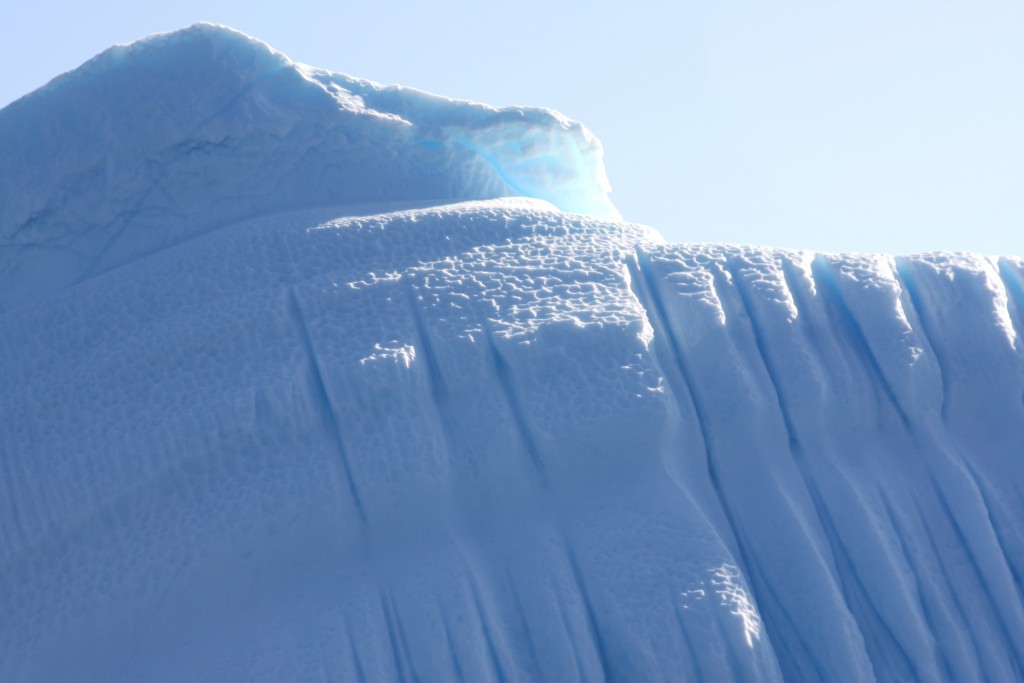


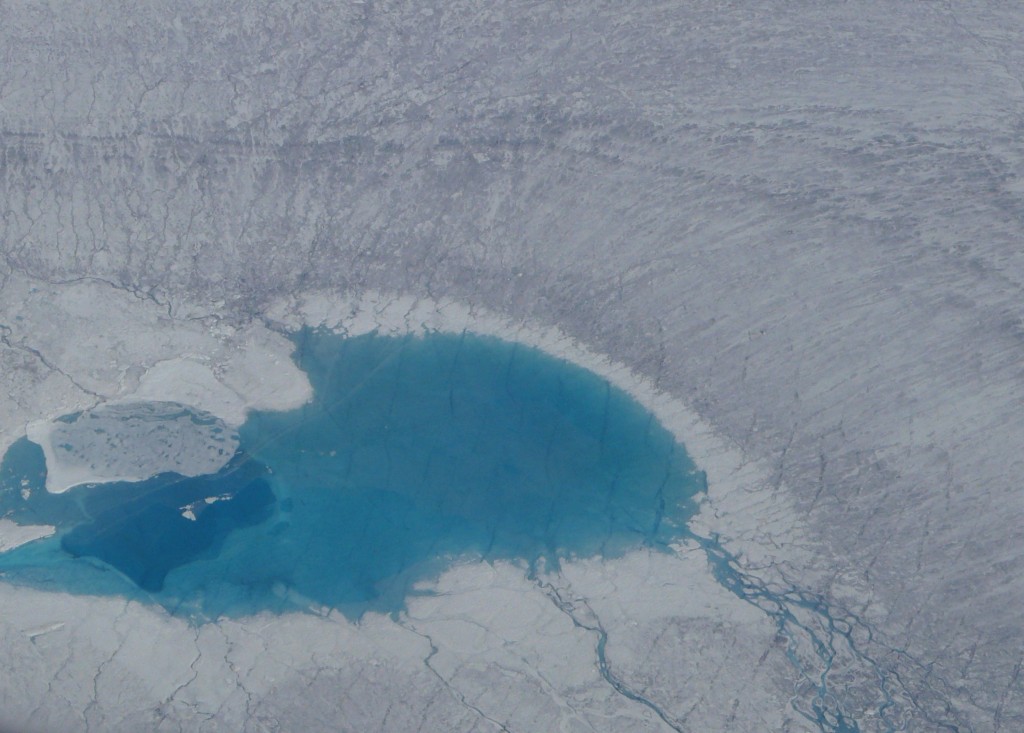

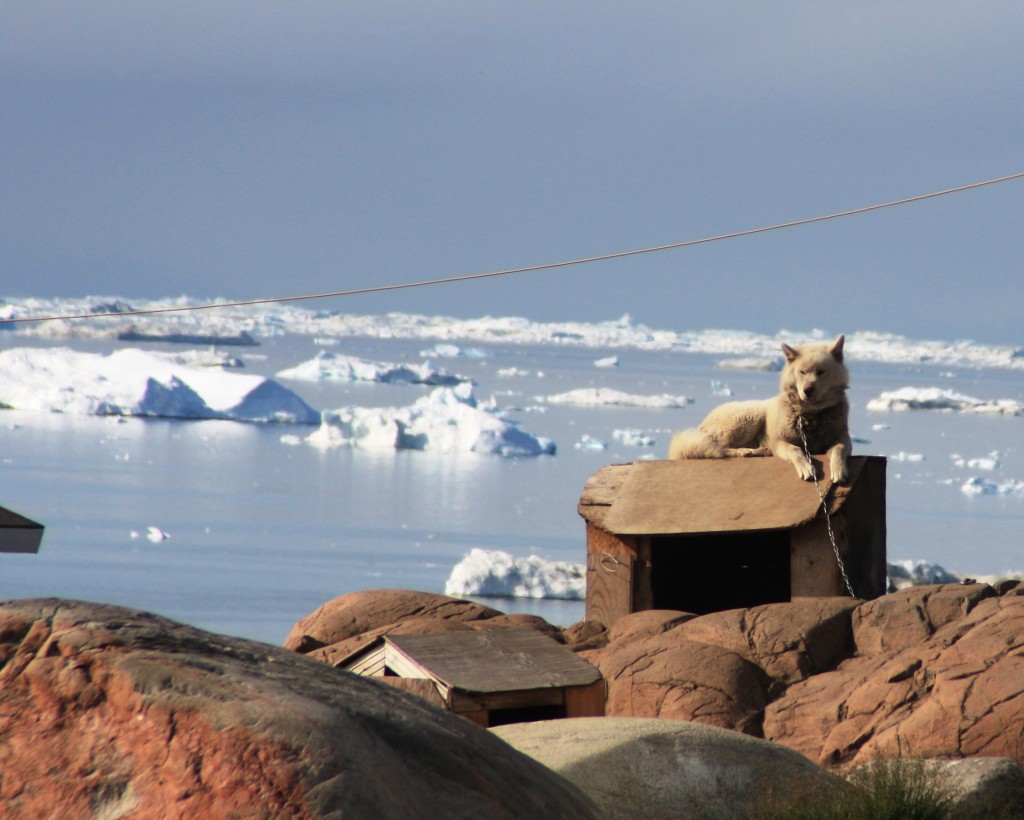





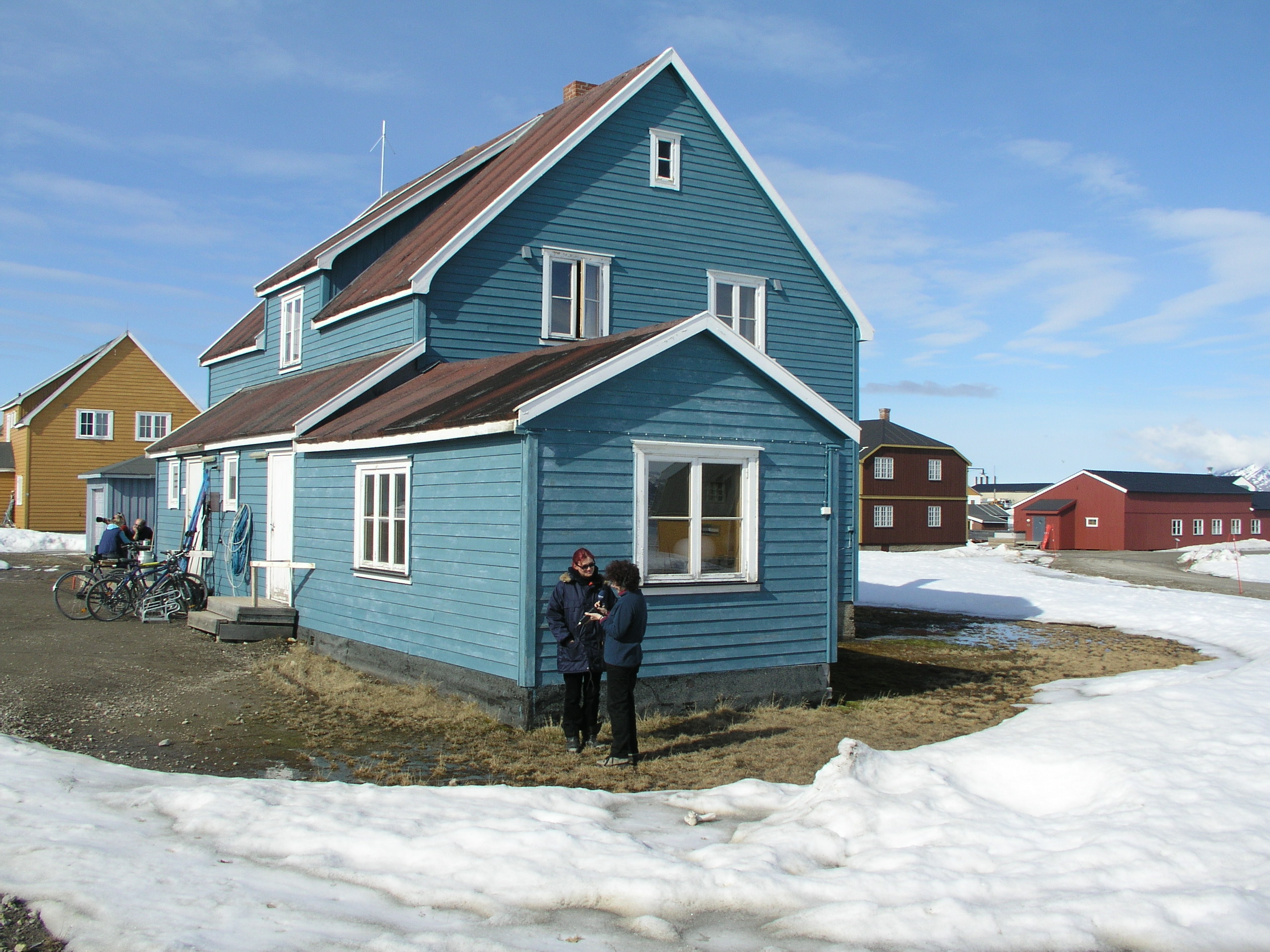

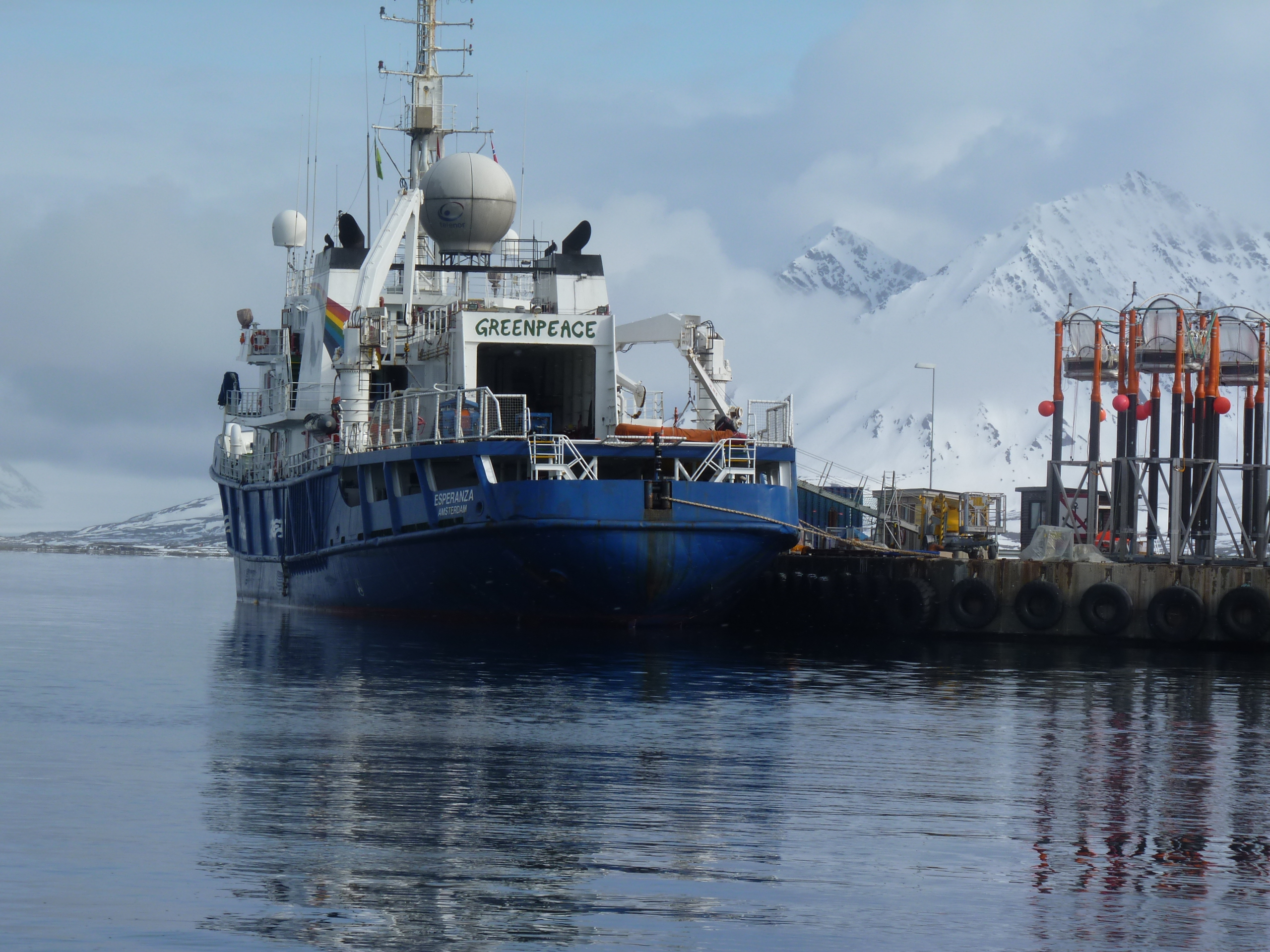
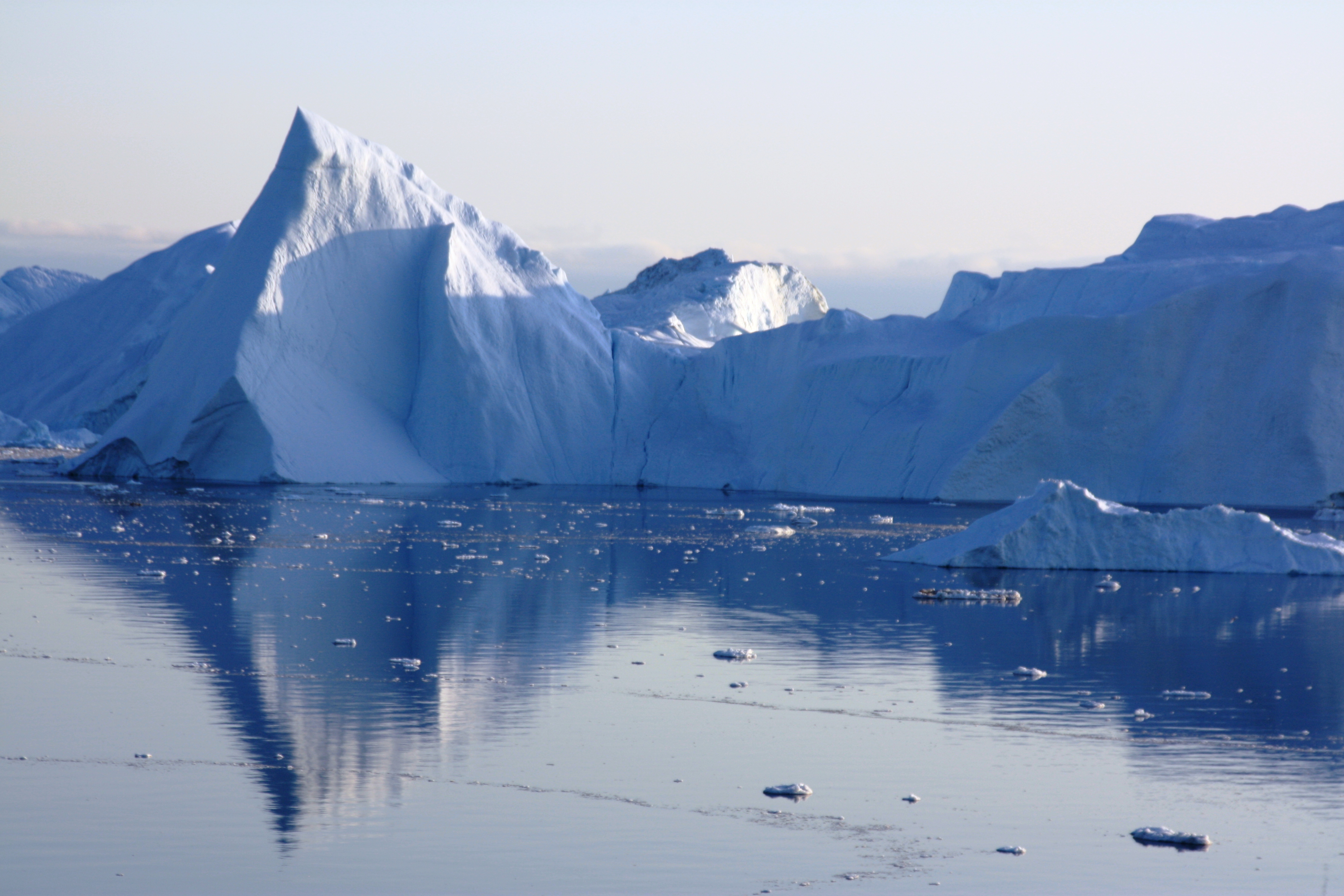




Feedback